
As your projects move from tinkering to serious development, the limitations of typical Raspberry Pi boards or any SBC becomes quite obvious.
Can they truly deliver the flexibility and performance needed for a compact, scalable design?
Many developers face this question when moving from prototypes to market-ready products.
In this article, we’ll dive into what are compute modules and how they can fit into your next project.
What are Compute Modules?
In the world of embedded systems and custom hardware solutions, compute modules represent a distinct class of computing devices.
At their core, compute modules are essentially stripped-down versions of full-fledged single-board computers (SBCs).
They house the essential processing components such as the CPU, memory, and storage but leave out many of the peripherals and I/O ports found on standard SBCs.
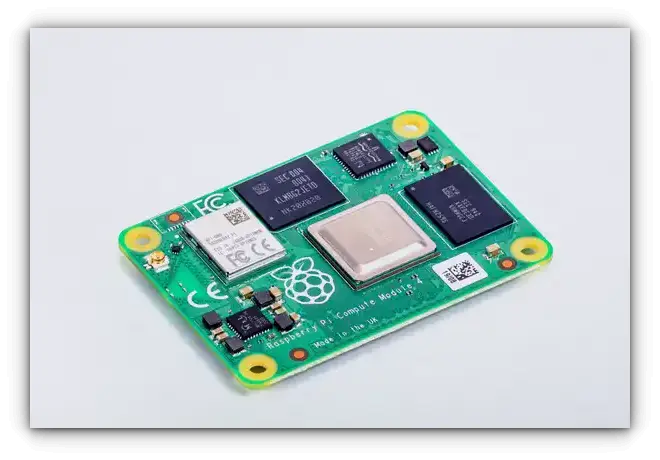
This design choice is not merely about minimization; it reflects a broader intent to offer greater flexibility and integration potential.
While it doesn’t come with all the usual bells and whistles of a standard Raspberry Pi board like HDMI ports or USB connectors it provides the core processing power you need.
This setup is ideal for creating specialized devices or products where every inch of space and every ounce of processing power must be optimally utilized.
For example, you see this industrial panel by Chipsee?

It is actually based on the Raspberry Pi CM4 module. And as you can see in the image below, a full-fledged Raspberry Pi would NOT have been suitable in this case. The compute module offers the flexibility of expanding and customizing the hardware.
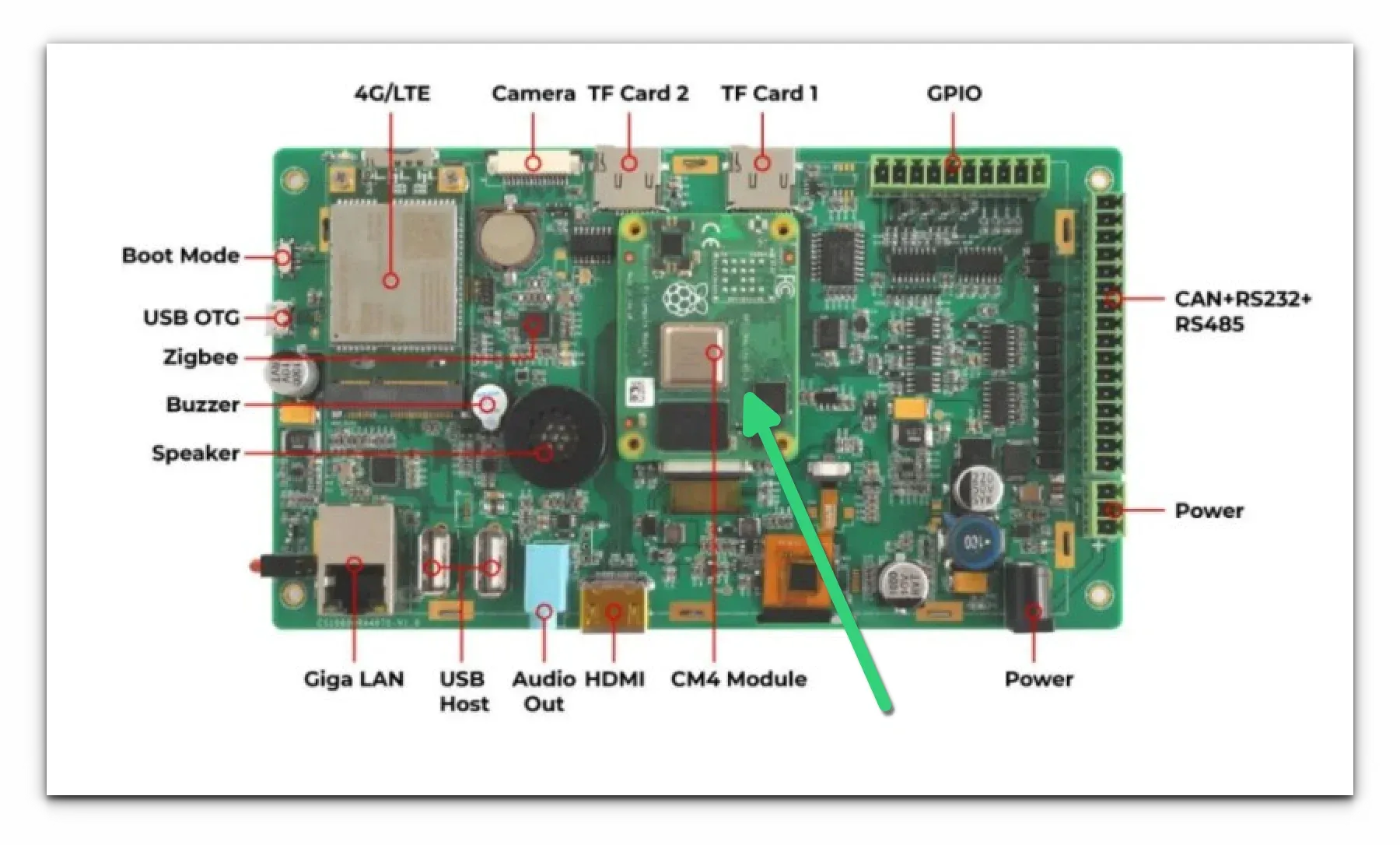
Drawbacks of Compute Modules?
To some tinkerers, they may seem an odd choice, especially considering they’re often priced similarly to fully-featured SBCs.
Unlike their more comprehensive counterparts, compute modules can lack built-in I/O ports and network capabilities, necessitating additional boards for setup.

This additional complexity and cost can make them appear less appealing at first glance.
Yet, for those who need the flexibility to design custom hardware solutions and scale their projects, these modules offer a valuable advantage.
Why you should care about a compute module?
Compute modules might seem like a niche component, but their versatility makes them invaluable in a range of real-life applications.
Here’s why you should pay attention to them and how they can be effectively utilized:
1. Cluster Computing
For those delving into high-performance computing or distributed systems, compute modules offer an efficient way to build compact, powerful clusters.
Imagine setting up a mini data center using compute modules—each module acting as a node in your cluster, providing significant computing power without occupying too much physical space.
This setup is perfect for tasks like data processing, simulations, or even small-scale cloud computing environments.
If you are interested, you can have a look at this startup called Compute Blade .
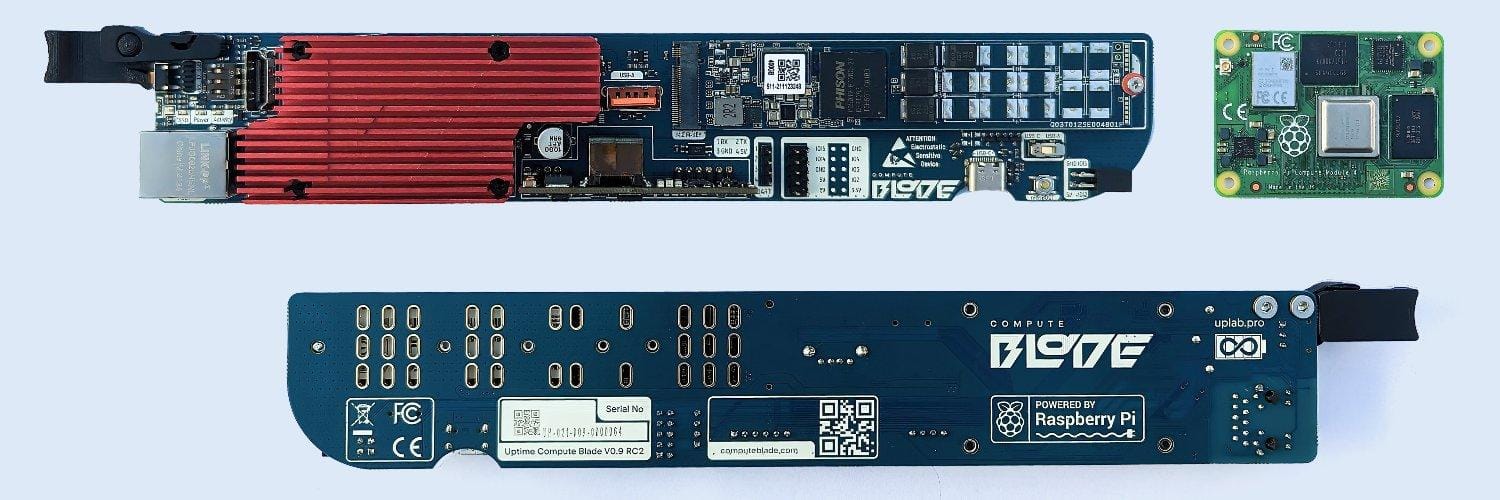
2. Home Automation
In home automation, where every device needs to be both powerful and unobtrusive, compute modules provide a flexible solution.
Having a smart home hub that controls lighting, security, and climate using compute modules, you can build a central unit that integrates seamlessly into your home, managing multiple systems from a single compact device.
Our pick: Home Assistant Yellow that utilizes Pi 4 Compute module at its heart.
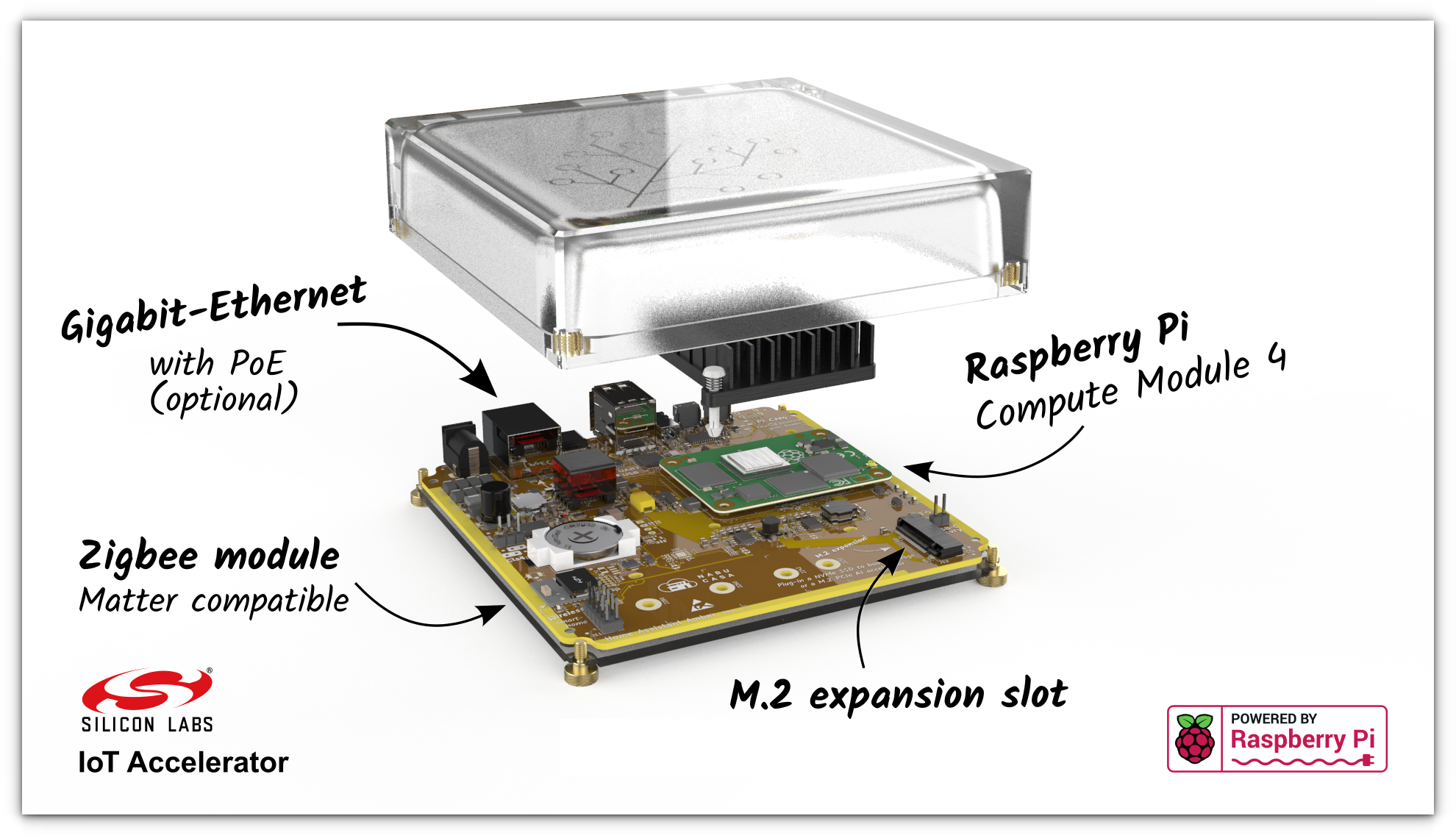
3. Handheld Devices
Compute modules also shine in the realm of handheld devices.
Whether it’s a custom handheld gaming console or a specialized field tool for professionals, compute modules offer the processing power you need in a small form factor.
They can be embedded into devices where space is limited, yet performance requirements are high, delivering a robust computing solution in a portable package.
For instance, check out this amazing project called Retro Lite by StonedEdge.

4. Industrial Automation
For industrial applications, where ruggedness and customization are crucial, compute modules offer a way to build specialized controllers and monitoring systems.
For instance, a compute module could be embedded in a custom-built control panel that manages factory equipment, providing the necessary computational power while allowing for a tailored interface with sensors and actuators.
Here's a industrial Touch Panel solution by Comfile Technology using Pi CM4 with some other tweaks:
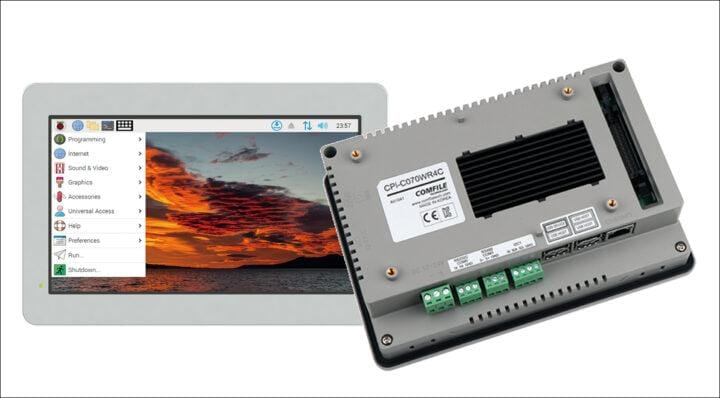
A Taste of Different Flavors: Pi and Beyond
Compute modules aren’t just limited to the Raspberry Pi ecosystem.
While Raspberry Pi's Compute Module series is the most popular, there are other contenders in the market that offer similar flexibility and customization options.
Let’s take a look at a few of the most prominent compute modules available today:
1. Raspberry Pi Compute Modules
These are perhaps the most well-known and widely used compute modules.
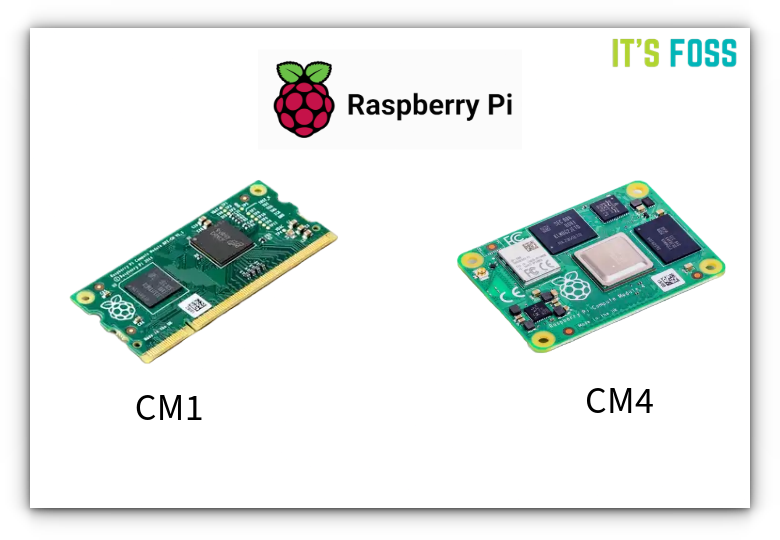
From the original Compute Module 1 (CM1) to the more powerful and versatile Compute Module 4 (CM4), Raspberry Pi’s lineup offers a range of processing power, memory configurations, and connectivity options.
The CM4, in particular, is highly favored for its compact size, onboard eMMC storage, and the ability to support wireless connectivity via a custom carrier board.
Raspberry Pi’s compute modules are known for their adaptability and reliability, making them the go-to option for industrial automation, IoT, and embedded systems.
2. Orange Pi Compute Modules
Orange Pi provides a similar alternative to Raspberry Pi’s offerings, with its own compute modules designed for specific industrial and development purposes.

The Orange Pi CM4 is a direct competitor to the Raspberry Pi CM4, offering a balance of affordability and performance.
These boards are often favored for their cost-effectiveness and flexibility in hardware customization, particularly for developers working with lower budgets.
3. Nvidia Jetson Modules
For AI and machine learning applications, Nvidia Jetson compute modules take the cake.
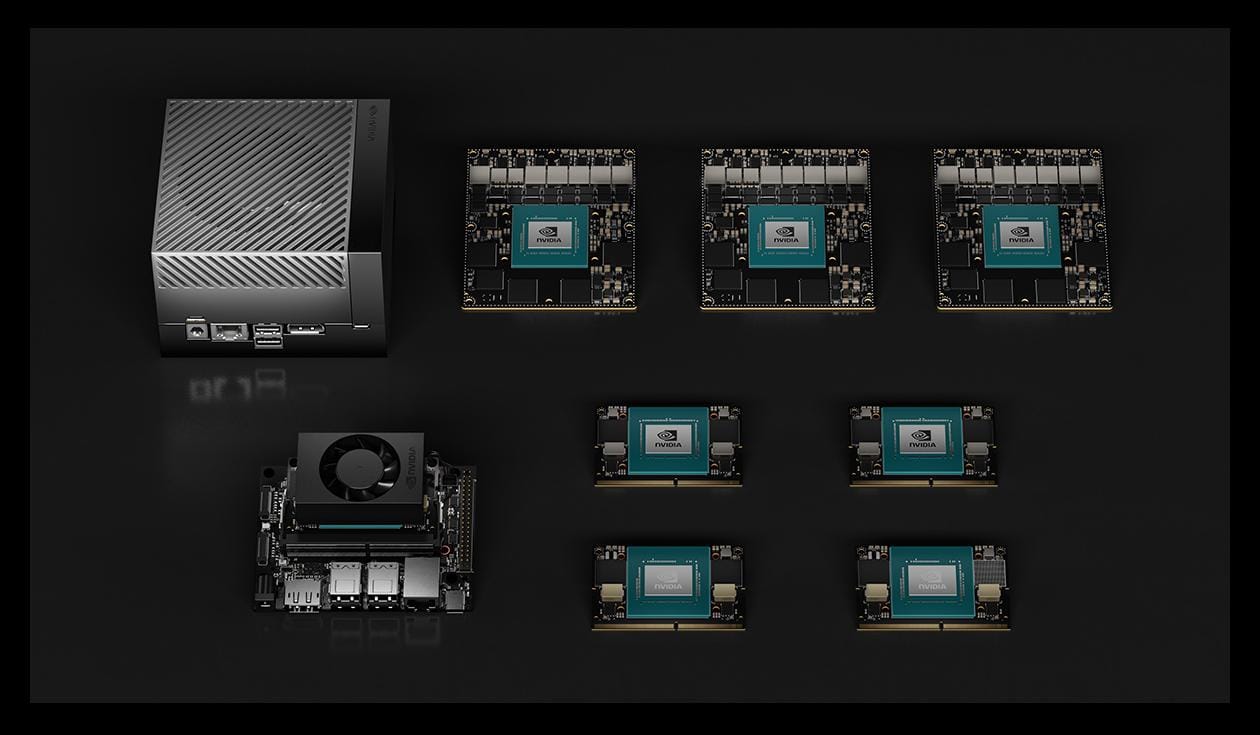
These modules are designed with GPU-intensive tasks in mind and are often used for edge AI, robotics, and smart video analytics.
While they’re more expensive than Raspberry Pi or Orange Pi modules, their raw processing power and ability to handle complex algorithms make them a standout option in specialized fields.
4. ArmSoM Compute Module 5

ArmSoM CM5 is a powerful replacement for the Raspberry Pi CM4. It has RK3576 system on chip that consists of an integrated CPU with quad-core Cortex-A72 @ 2.2GHz, quad-core Cortex-A53 @ 1.8GHz, and a dedicated NEON co-processor.
In addition to that, it also has integrated Mali GPU and 8 TOPS NPU.
Final Thoughts
In the end, compute modules give you the flexibility to create custom hardware solutions in a compact form, making them great for projects like IoT and automation.
They allow you to design exactly what you need, unlike standard SBCs.
But they have some downsides. They’re priced like full SBCs, lack built-in I/O or networking, and need extra boards, which adds cost and complexity.
While this can be frustrating for hobbyists, the customization options often make it worth the effort.
Have you used a compute module, or seen one in action? It might be worth exploring for your next project!


